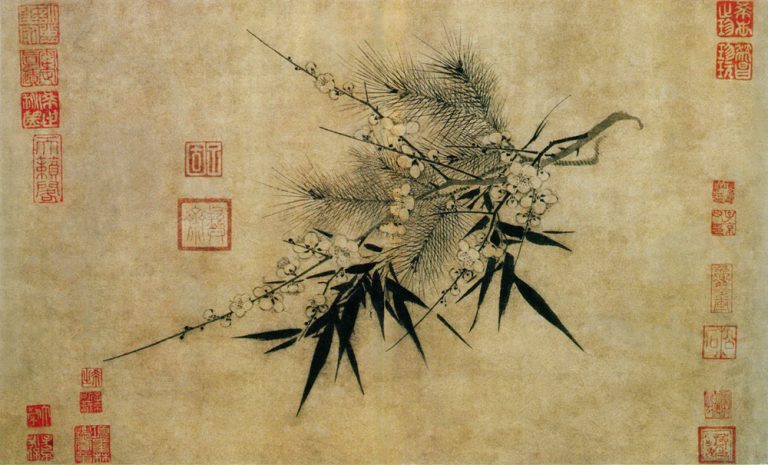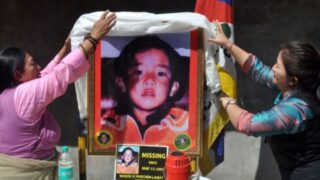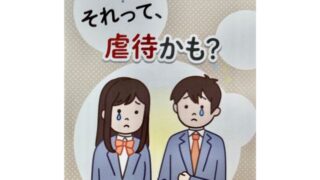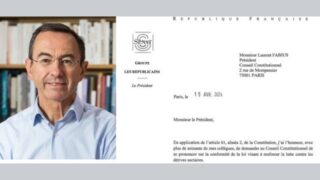In the 1990s, anti-cultists lost crucial court cases in the United States. They survived thanks to the support of some governments and several media.
by Massimo Introvigne
Article 7 of 7. Read article 1, article 2, article 3, article 4, article 5, and article 6.


In the United States, the golden years of the anti-cult movement ended in the early 1990s. In 1990, the U.S. District Court for the Northern District of California ruled in the case United States v. Fishman that the theory of brainwashing as applied to “cults […] did not represent a meaningful scientific concept,” and “theories regarding the coercive persuasion practiced by religious cults are not sufficiently established to be admitted as evidence in federal courts of law.”
After Fishman, it became more difficult for anti-cult activists and “cultic studies” scholars to be accepted in U.S. federal courts as expert witnesses on “cults” and “brainwashing,” which eventually created problems for them in state courts as well. Deprogrammers found still less tolerance, even in local courts. The Fishman ruling did not spell out the definitive end of the use in U.S. courts of anti-cult theories. However, it made life for anti-cultists much more difficult.
In 1995, deprogrammer Rick Ross was involved in a civil trial after he had unsuccessfully tried to deprogram Jason Scott, a member of the United Pentecostal Church, a 5-million strong Christian denomination few would regard as either a “cult” or a new religious movement. Scott was supported by lawyers and detectives from the Church of Scientology, who demonstrated that his mother had been referred to Ross by the Cult Awareness Network (CAN), at that time the largest American anti-cult organization. The latter was sentenced to pay millions of dollars in damages by the United States Court of Appeals for the Ninth Circuit in 1998, and went bankrupt. CAN’s name and assets were purchased by a Scientology-related group, which allowed sociologist Anson D. Shupe and his team free access to the CAN archives, where they found evidence of several illegal activities.
The possibility of the American anti-cult movement to influence legislation and determine through its expert witnesses the outcome of court cases involving “cults” was greatly reduced, if not destroyed, by the setbacks it suffered in the Fishman and Scott trials.
However, the anti-cult movement did not disappear. Its defeats in American courts had only a limited influence in other countries. As previously mentioned in this series, both in democratic countries such as France and Belgium (as well as in some states of Germany) and non-democratic countries such as Russia and China, variations of the anti-cult ideology were officially adopted by the governments, and anti-cultism was financially supported by the states, a situation that continues to this day.
Both in the United States and Europe, as well as in Australia and New Zealand, Japan, South Korea, and Latin America, anti-cultists had also cultivated for decades a friendly relations with several media. Anti-cult theories were debunked in the academia, where the few scholars supporting the anti-cult movement were always a marginalized minority. These theories were also resisted in courts of law, particularly in the United States but in other countries as well, where judges played an important role in limiting the effects of official anti-cult hostility. In Europe, when national court cases failed, the European Court of Human Rights repeatedly ruled against anti-cult measures in the name of religious liberty, censoring Russia, France, and other countries for their policies discriminating as “cults” the Jehovah’s Witnesses and other groups.


However, there was one arena where the situation was reversed: the news media. While both in the academia and in the courts of democratic countries, the anti-cult faction lost most of its battles, in the media the opposite happened. It is true that quality media were always willing to give voice to scholars of new religious movements and provide some balance. However, in most popular media the anti-cult narrative prevailed.
There are several reasons why this happened. One is a certain anti-religious bias that has been often noted in Western media. Another is a libertarian prejudice, perhaps more prevalent among reporters than within society at large, inducing the former to see with antipathy high-demand organizations where members are supposed to obey the leaders, believe in dogmatic doctrines, and sacrifice a part of their liberty for the sake of a religious cause. I have explained elsewhere how this libertarian prejudice generated, for example, hostility to the Jehovah’s Witnesses.
The main reason, however, is that media are looking for newsworthy items. A “cult” abusing members is news. A religious movement contributing to the public good through its social activities or whose members are law-abiding and happy citizens is not news. Anti-cultists provide just the sensational information about religious organizations reporters may easily turn into headline news. When groups such as the Jehovah’s Witnesses and others are accused of hiding sexual abuse, some media are happy to jump on the anti-cult bandwagon, without examining too carefully whether there are more or less cases of abuse among the Jehovah’s Witnesses than in mainline religions or the society at large. By combining two sensational themes, “cults” and illicit sex, spicy stories are easily produced.
Media’s sympathy for the anti-cult narrative is decade-old and not easy to overcome—except when some media realize that a real original and unconventional story about groups labeled as “cults” is one that calls the prevailing anti-cult template into question. And recently, the “cult” model has gained a new popularity to explain phenomena such as QAnon, conspiracy theories about COVID-19, and right-wing political extremism. It is an easy explanation for the media, and one anti-cultists are willing to support with public statements, that QAnon, the anti-vax movement, and even some forms of right-wing political radicalism are just “cults” with abusive leaders who operate through the psychological manipulation of their followers. To his credit, even a veteran critic of “cults” such as Michael Langone, from the International Cultic Studies Association, has argued that there are serious problems in applying the anti-cult model to QAnon and similar phenomena.
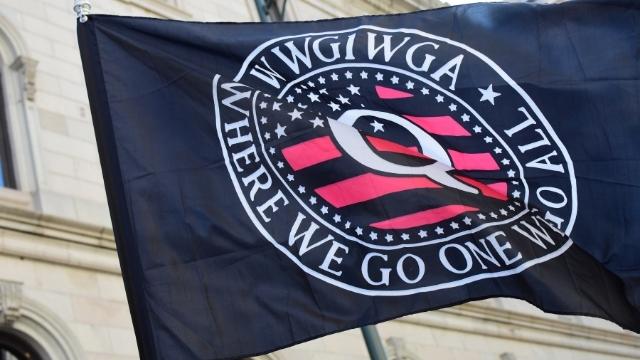

The anti-cult model continues to be successful among journalists, however, because it is simple, easily applicable, and seems to dispense from much more complicated and lengthy investigations into political ideology and religious theology.
It is also a tool that produces unavoidably labeling, discrimination, and injustice. Discrimination of unpopular minorities is, however, as old as humanity. Teaching new generations of citizens—and of reporters—that discrimination is wrong, including discrimination of religious organization their opponents label as “cults,” is a lengthy educational process, but one that is needed to preserve both religious liberty and a civilized interaction between majorities and minorities in our democratic societies.
